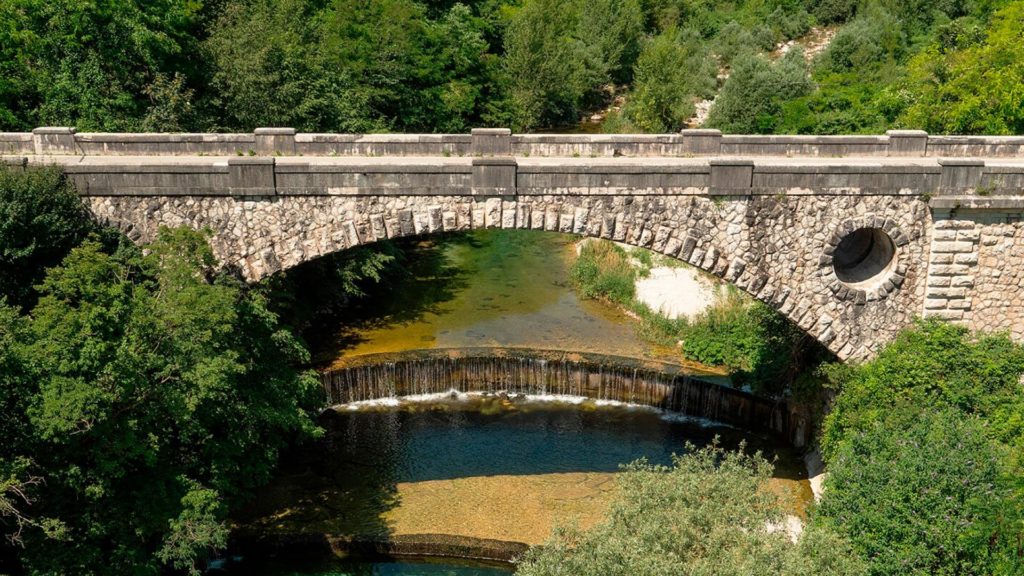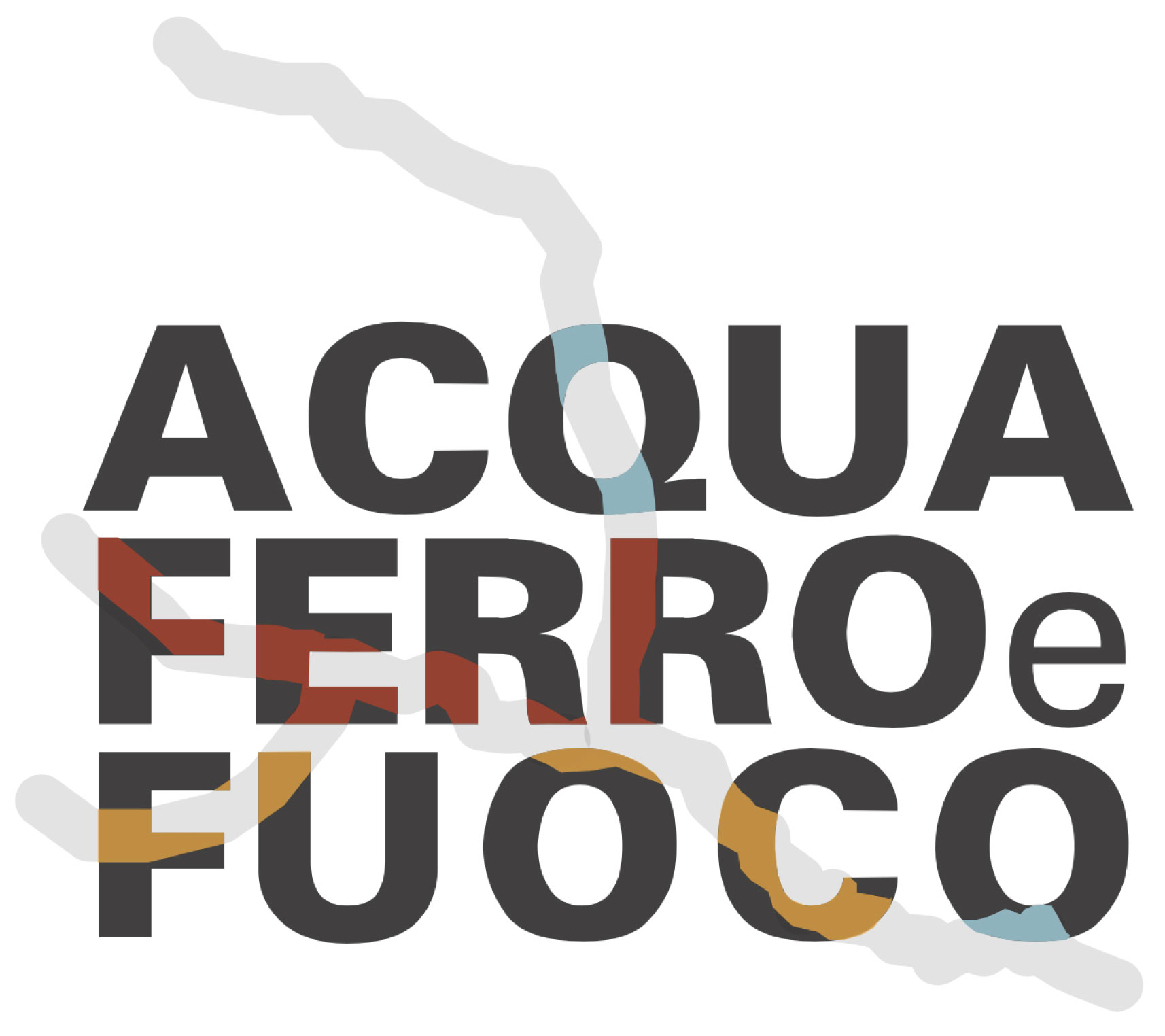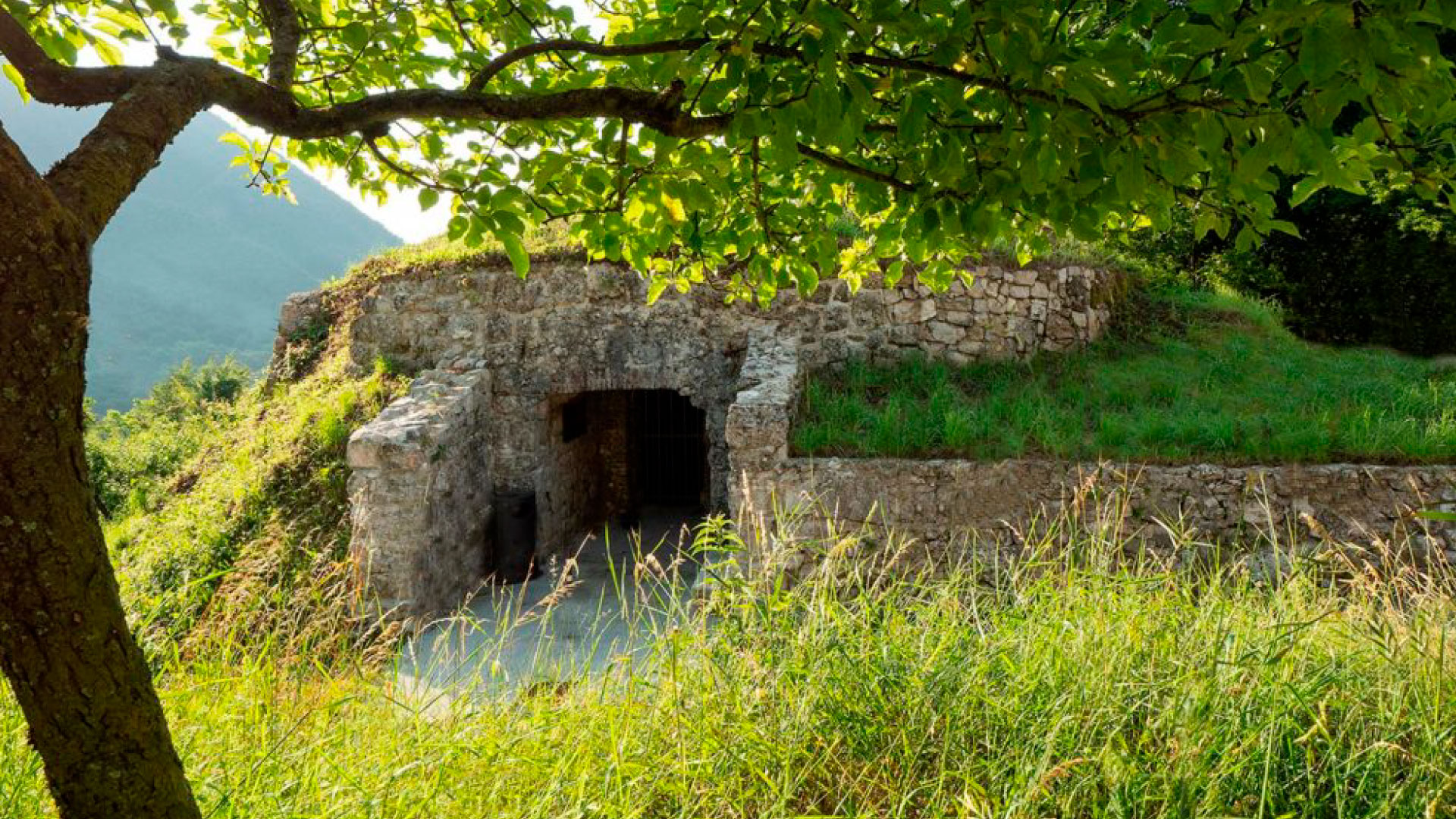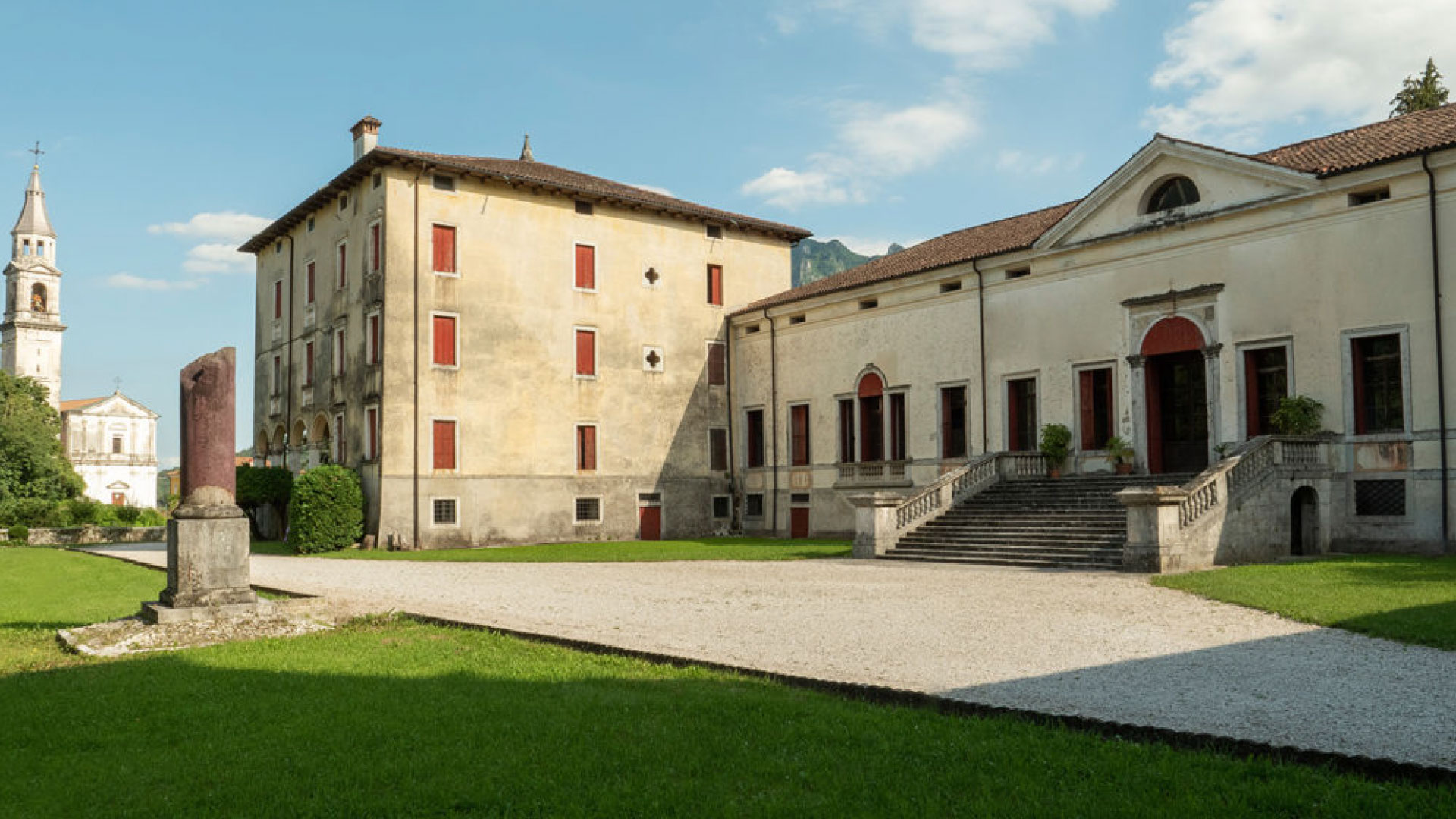Great War
Year 1916, dark times of war, waves of enemy infantry break on the line of maximum resistance, few things on a cart and go, refugees in one night… today an open-air Museum invites us to remember that sacrifice along with the memories and traces left by the work of the soldiers.
After the Austro-Hungarian reconquest of the Cimone, in the Astico-Posina sector, the defensive line stabilized permanently on the Winterstellung (winter line), dug into the eastern edge of the north side of the Val d'Assa and on the left one of the high Val Posina, whose main positions considered impregnable were constituted by Mount Cimone, Mount Seluggio and Mount Maio. From the autumn of 1916, both armies employed their troops to further strengthen their respective armies defensive arrangements, digging numerous cave posts and underground shelters. In this period, the Italian military engineers created a second line, of maximum resistance, completed in the spring of 1917, that came down from Mount Pasubio, following the right side of Val Posina reaching Mount Summano; from there it descended towards valley along Costa La Rancina, it crossed the Astico river in proximity of Meda's Castle, ran through the countryside of Cogollo and then it went up on Mount Cengio, connecting to Punta Corbin and finally continuing along the southern edge of Val d'Assa.
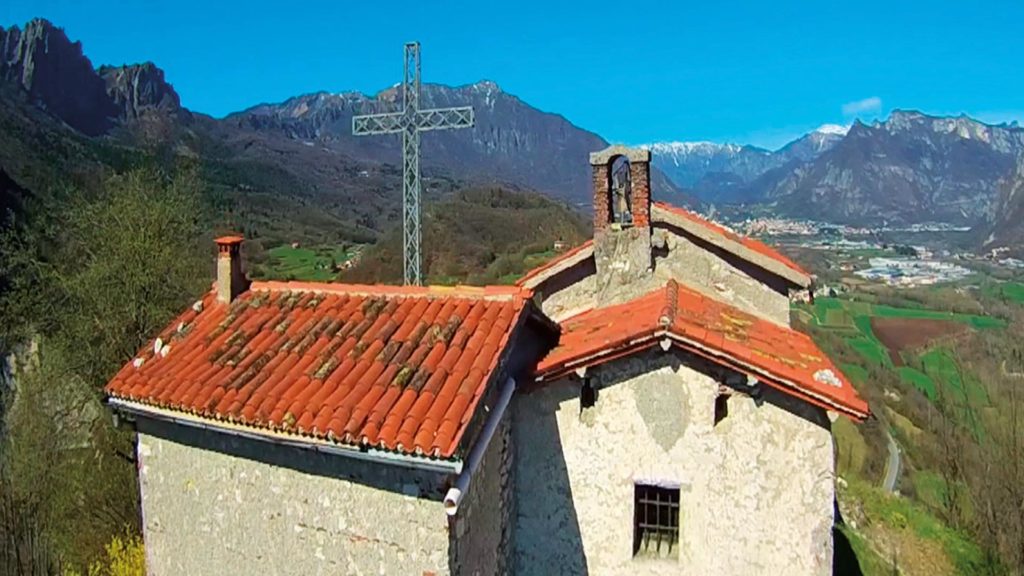
Line of maximum resistance-Meda-Curegno
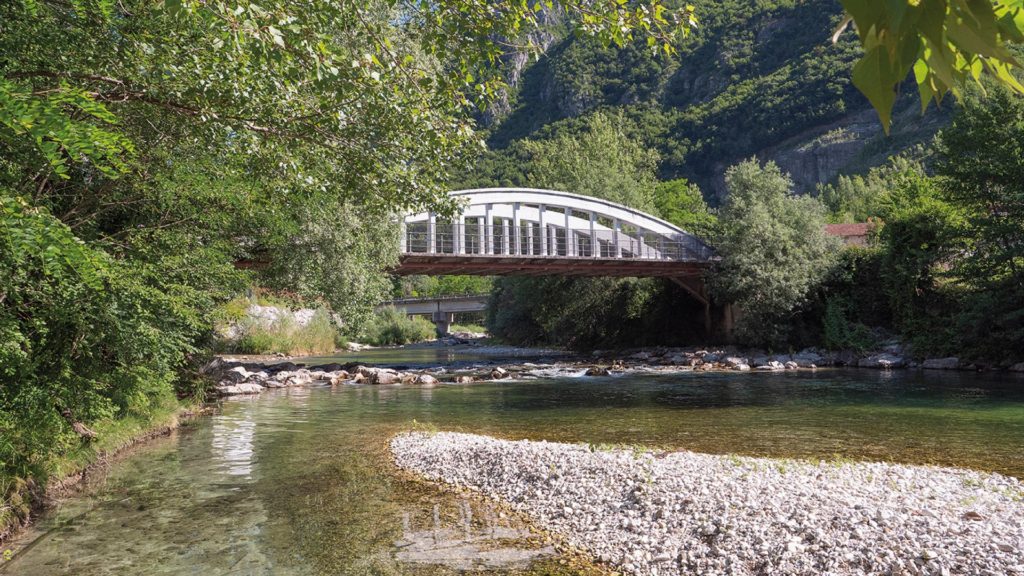
Schiri Bridge
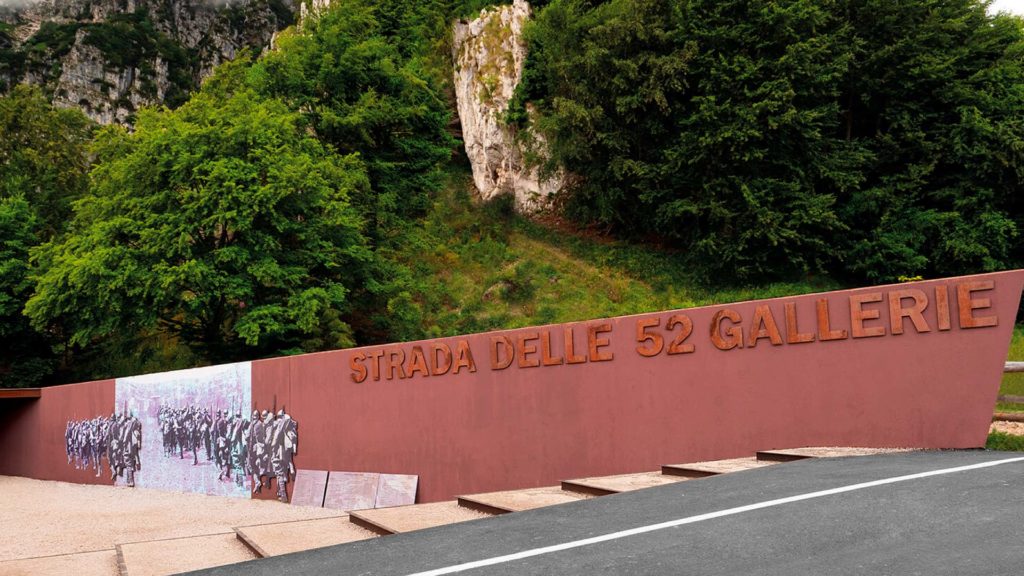
Posina, Great War, Refugee
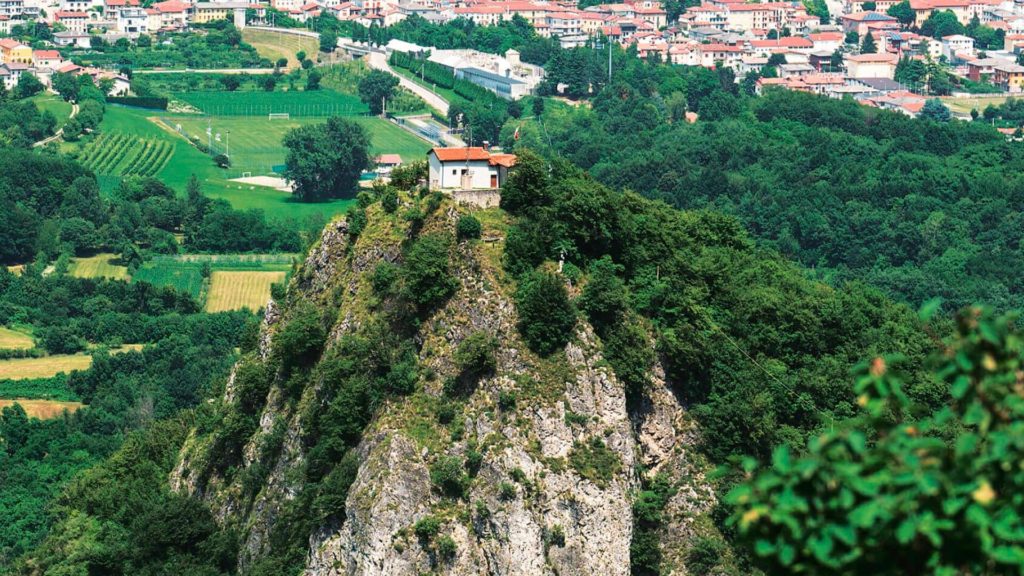
Line of maximum resistance – Castello di Meda
